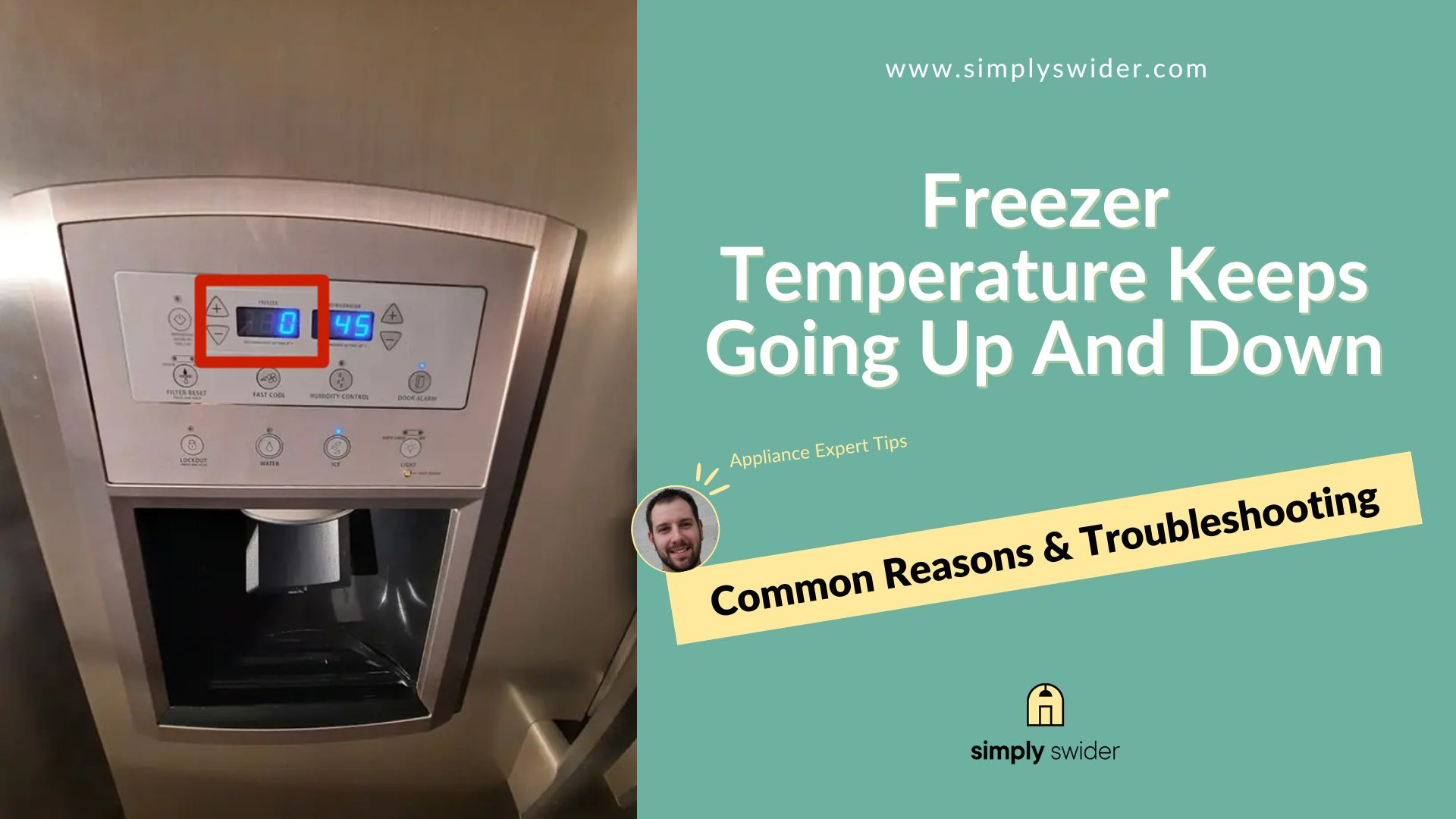Here’s the scoop:
A freezer’s job is simple – keep a consistently low temperature to ward off spoilage and waste.
But:
What happens when this icebox starts dancing the hokey-pokey, and your freezer temperature keeps going up and down?
I’ve been there:
As someone who’s navigated the icy waters of fluctuating freezer temperatures, I can tell you it’s a cold reality that can leave your freezer struggling to fulfill its role.
But, fear not:
Because I’ve teamed up with Carl Langston, a refrigerator whiz from Houston, to steer you through these frosty fluctuations.
Ready to break the ice? Let’s plunge in!
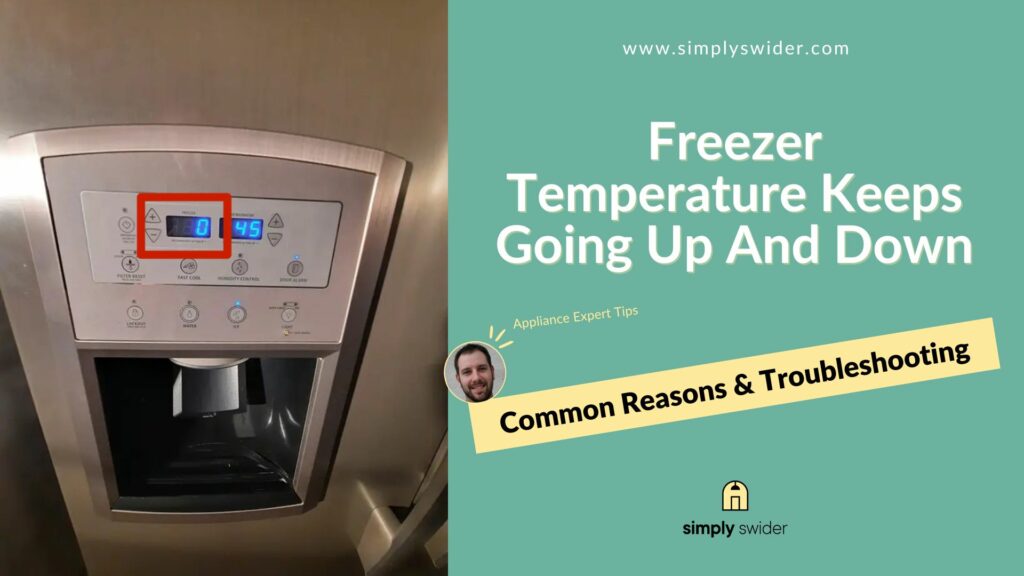
Table of Contents
Why Your Freezer Temperature Keeps Going Up And Down
If your freezer’s temperature is performing a dizzying dance of highs and lows, don’t hit the panic button just yet. There are a few common culprits behind this issue: a faulty thermostat, dirty condenser coils, or a problematic evaporator fan motor. But the good news is – they’re not unbeatable foes.
Here’s what I learned:
Having worked closely with my trusted refrigerator expert, Carl Langston, we’ve faced and fixed these issues time and again.
Let me break it down for you.
Common Reasons And Troubleshooting For When Your Freezer Temperature Keeps Going Up and Down
| Affected Part | Estimated Repair Cost |
|---|---|
| Freezer door seal | $39 – $62 |
| Condenser coils | $49 – $87 |
| Evaporator fan motor | $17 – $60 |
| Thermostat | $21 – $49 |
| Air vent | $22 – $57 |
Get this:
The reason why your refrigerator’s temperature keeps fluctuating could be right under your nose.
That’s right!
Carl says, “Most freezer temperature malfunctions happen because of common activities which users overlook.” And, frankly, I couldn’t agree more.
So:
Let’s have a look at some common reasons and troubleshooting for when your freezer temperature keeps going up and down:
1. Overloading the Freezer
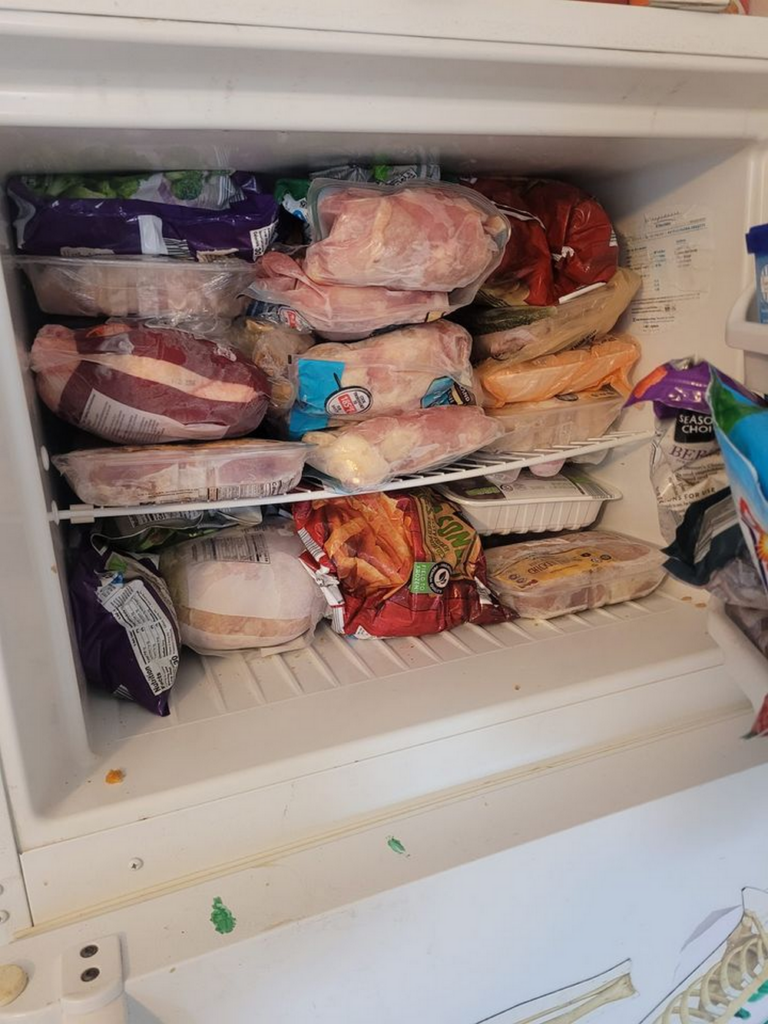
Picture this:
Heat moves from hotter to colder objects – a rule straight from the heart of thermodynamics.
What does this mean for your freezer?
Well:
When too many items are packed in, they share their heat, leading to an unstable environment.
Just recently, I had a client with this exact issue – her freezer wasn’t keeping a steady temperature. After consulting my friend and home appliance guru, Carl Langston, we figured out the root of the problem – her freezer was simply overstuffed.
Problem:
When you cram your freezer with too many items, all that heat is transferred inside, increasing the temperature. If done persistently, this can even lead to your fridge stopping its cooling process entirely.
Identification:
Spotting an overpacked freezer is straightforward. If you see stacks of items with little to no space in between, you’ve got yourself an overcrowded freezer.
Solution:
Fear not – rectifying an overstuffed freezer doesn’t demand technical skills.
Your course of action? Reduce the number of items in your freezer.
Carl, with his vast appliance knowledge, advises, “Ensure each item has enough space to access the freezer’s cold air.”
And he’s spot on.
By allowing sufficient space, you avoid items huddling together, preventing a spike in your freezer’s internal temperature.
2. Faulty Door Seals
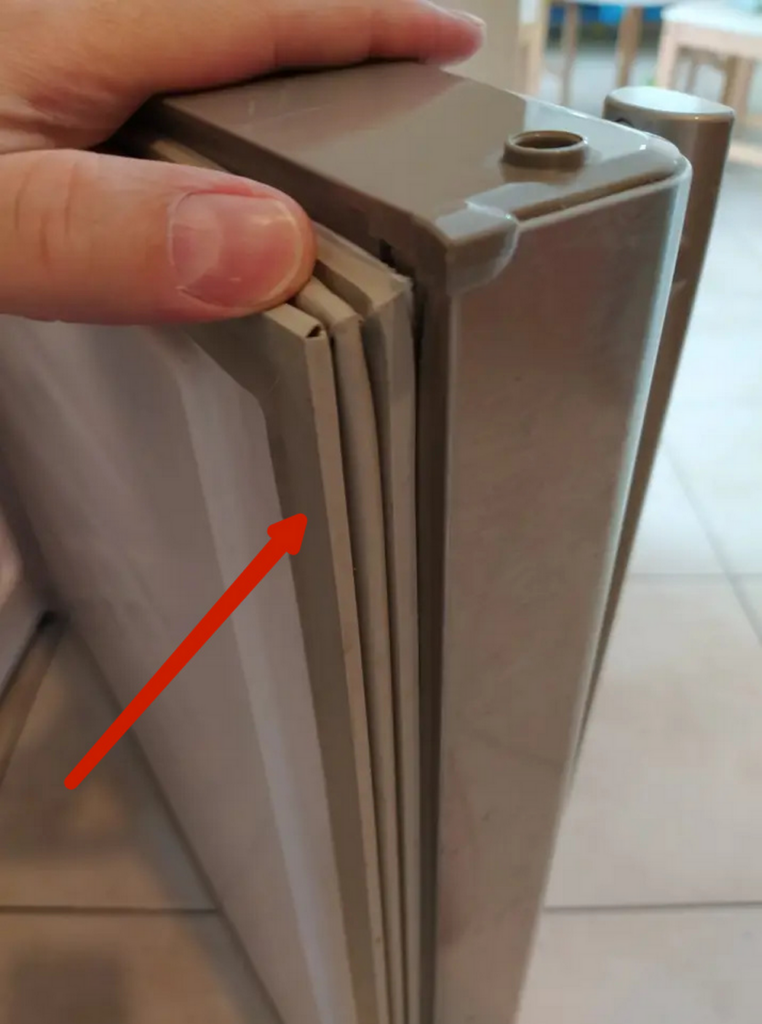
| Part | Door seal |
| Location | Edge of the freezer door |
| Ease of troubleshooting | Medium |
| Cost | $39 – $62 |
| Repairable | Yes, unless the seal is torn. |
From personal experience:
I can tell you that your freezer door seal, or gasket, isn’t invincible. Over time and with frequent use, it can falter.
Picture this:
I was having a chat with Carl Langston about the common reasons behind fluctuating freezer temperatures.
Our conversation, fueled by years of combined experience and numerous case analyses, led us to agree that faulty door seals are often the culprits behind a freezer’s unstable internal temperature.
Problem:
Door seals, essentially, act as the gatekeepers of your freezer.
Their mission? Keep the cold air in and the warm air out.
When these seals fail, the external temperature can easily mess with the freezer’s internal stability.
Identification:
These door seals or gaskets, often made of plastic, hug the edges of your freezer door, creating an air-tight environment inside.
I remember a Reddit user’s post about their Whirlpool freezer, where warming up the gasket did the trick.
Solution:
But what if a warm-up doesn’t fix your gasket? Or, worse yet, what if it’s torn? You’re looking at a replacement job.
But before you get there, here’s a quick trick to try:
Clean the seal. You’d be surprised how often debris can interfere with the seal’s air-locking function. A cloth dipped in warm water and mild detergent should suffice. Run it through the seal groove, removing any accumulated dirt.
A simple test will tell you if the cleaning worked:
- Step 1: Place a piece of paper between the door and the freezer and close it.
- Step 2: Try pulling the paper out. If it slips out effortlessly, you’re due for a seal replacement.
Now, onto replacing the seal:
- Step 1: Start by gently pulling the inside of the freezer door gasket away from the door to expose the seal retainer.
- Step 2: Loosen its screws – no need to remove them entirely.
- Step 3: With the old seal out, slot the new one into place. Secure the screws, close the fridge, and run the paper test again. If there’s resistance, congratulations, you’ve successfully replaced your freezer door gasket.
3. Inadequate Air Circulation
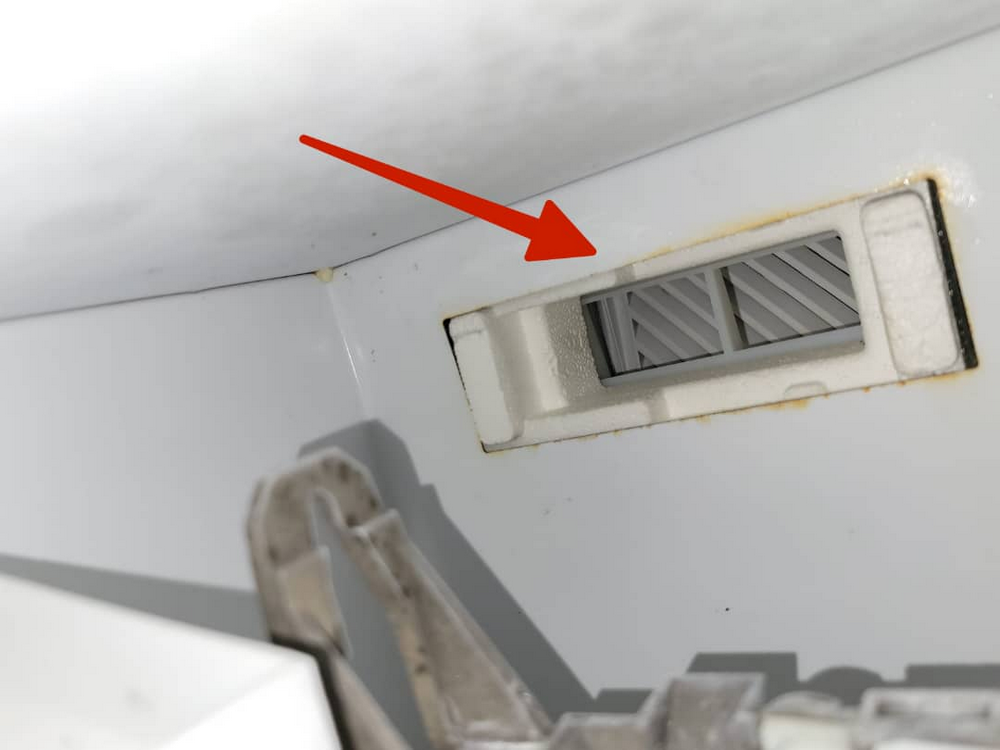
| Part | Air vent |
| Location | The back wall of the freezer |
| Ease of troubleshooting | Medium |
| Cost | $22 – $57 |
| Repairable | No. |
Problem:
The FDA recommends that your freezer’s temperature stays steady at 0°F or -18°C. It’s crucial for preserving your food at optimal freshness.
Yet, your freezer, designed to circulate cold air consistently, might fail at its job due to one unsuspected culprit – blocked airflow.
Through my work, I’ve noticed a common trend:
Clients frequently place items directly in front of the air vents, obstructing the free movement of cold air. This blockage creates uneven freezing, leading to a strangely warm refrigerator.
Identification:
Now, where are these air vents located? Often, you’ll find them on the back wall of your freezer, but don’t be surprised if your freezer sports additional vents on the side walls.
Solution:
The good news?
My colleague, Carl, and I have found that the fix is pretty straightforward. It all comes down to mindful organization. Keep items away from the vents, and you’ll see your freezer’s performance bounce back.
Remember our earlier chat about preventing your fridge from turning into a game of Tetris?
That’s right:
Avoiding overcrowding goes a long way in preserving your freezer’s efficiency. For an added measure, consider a freezer spacer to keep items adequately spaced and vents unblocked.
So:
Go ahead and give your freezer some breathing space.
4. Malfunctioning Thermostat or Temperature Sensor
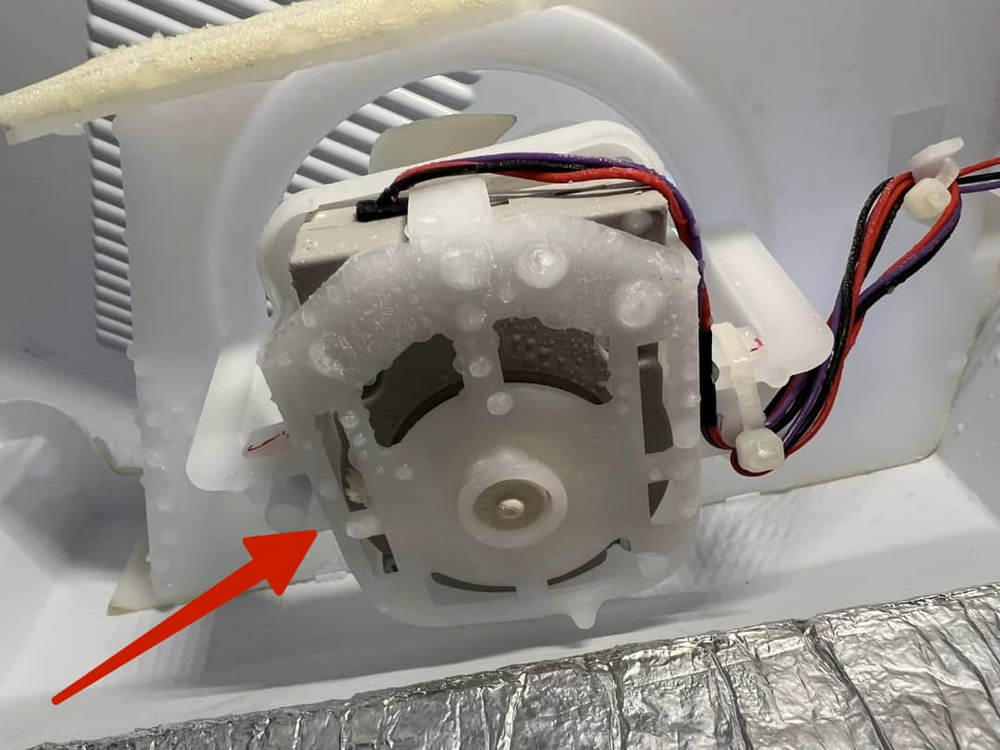
| Part | Thermostat |
| Location | Behind the temperature control in Freezer |
| Ease of troubleshooting | Medium |
| Cost | $21 – $49 |
| Repairable | No. |
Primarily:
The thermostat or temperature sensor monitors the freezer’s temperature to keep it stable. It attaches to the freezer’s lining to control the internal temperature and keep it from getting too cold or hot.
Problem:
Without a doubt, the thermostat is highly important. It wouldn’t be able to control the internal temperature if it malfunctions. So your compressor might be working and causing the temperature to be extremely low, but there would be no temperature regulation.
In the end:
Like this Reddit user with a 2006 LG French Style Freezer, you might see a drastic temperature change.
Identification:
Your freezer thermostat might have a different location based on the model you use. But it’s nothing to worry about. Simply locate the temperature control in your freezer. The thermostat is typically right behind it.
Solution:
Home appliance expert Carl Langston and I discovered that though replacing your thermostat might require technicality, it’s easy to do. We proffered the solution below:
- Step 1: Unplug your freezer and wait 5 minutes to avoid electrical accidents.
- Step 2: Access the thermostat by removing the temperature control knob. Next up, from the back of the freezer, remove the grille cover.
- Step 3: Detach the grille and squeeze the two locking tabs securing the thermostat in place to remove the thermostat setup. When you’re done, undo the connections, separate the thermostat, and set it aside.
- Step 4: You can replace the thermostat by connecting the new thermostat to the setup and placing it back in place by securing the locking tabs.
- Step 5: Reattach the grille and cover, then put the control knob back in place.
5. Dirty Condenser Coils
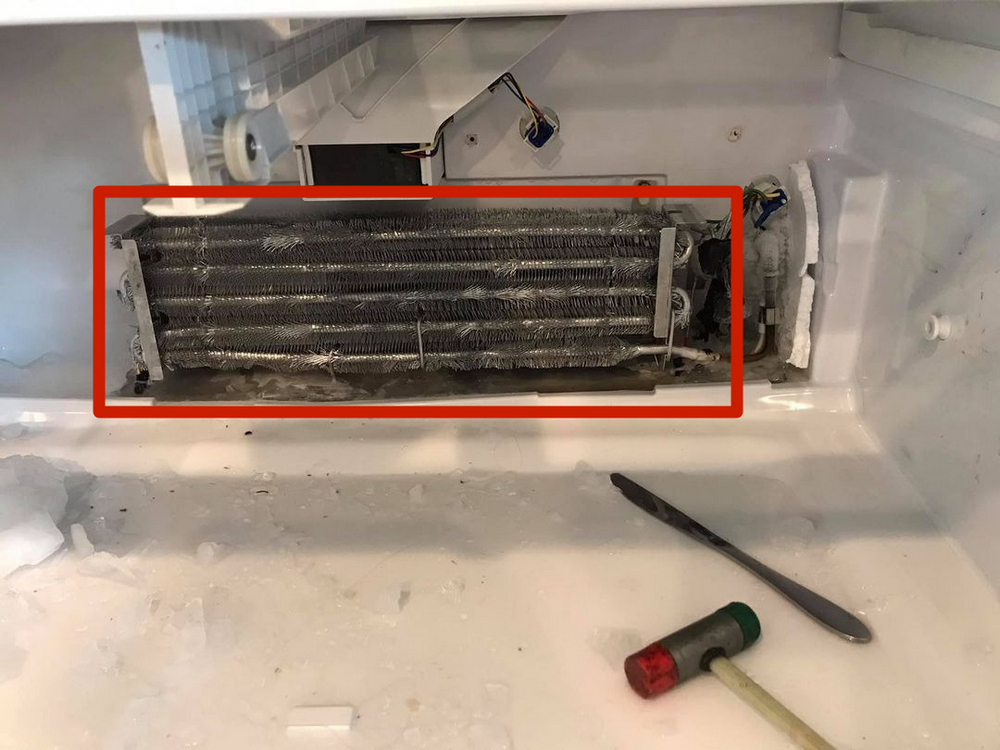
| Part | Condenser coils |
| Location | Back of refrigerator |
| Ease of troubleshooting | Medium |
| Cost | $49 – $87 |
| Repairable | No. |
Did you know:
The freezer’s condenser coils remove the heat your fridge generates and transfer it to its surroundings.
That’s right!
Condenser coils form a major part of your refrigerator’s cooling system.
Problem:
Some time ago, a client asked me, “Why do I have to clean my condenser coils frequently?”
Well, the thing is:
Your freezer ensures a stable low temperature in its internal environment. All that work is mostly geared towards adjusting temperatures and transferring heat. So it’d definitely need a cooling system.
Since the condenser coils form a part of that system, if they’re obstructed by dirt, your freezer might be unable to cool down. This could lead to fluctuating temperatures or loss of functionality.
I discussed freezer condenser coils with Carl, and he agrees that it is important to keep them clean.
Identification:
The freezer’s condenser coils are located behind the grille cover at the back of the refrigerator. However, depending on the model, you might find them at the top of your refrigerator.
Solution:
In my experience with freezer repairs, I’ve found that the following solution works best for cleaning condenser coils:
- Step 1: Turn off the power supply to your fridge and unplug it.
- Step 2: Remove the grille cover to access the condenser coils.
- Step 3: Carefully remove any dust or debris clogging your condenser coils with a narrow vacuum cleaner attachment. After this, gently brush off any dust or debris left and vacuum it again.
- Step 4: Replace the grille cover in its position and turn on your freezer.
If these steps don’t work, like this Reddit user’s case with a GE refrigerator, you might have to check your freezer’s thermostat.
6. Faulty Evaporator Fan Motor
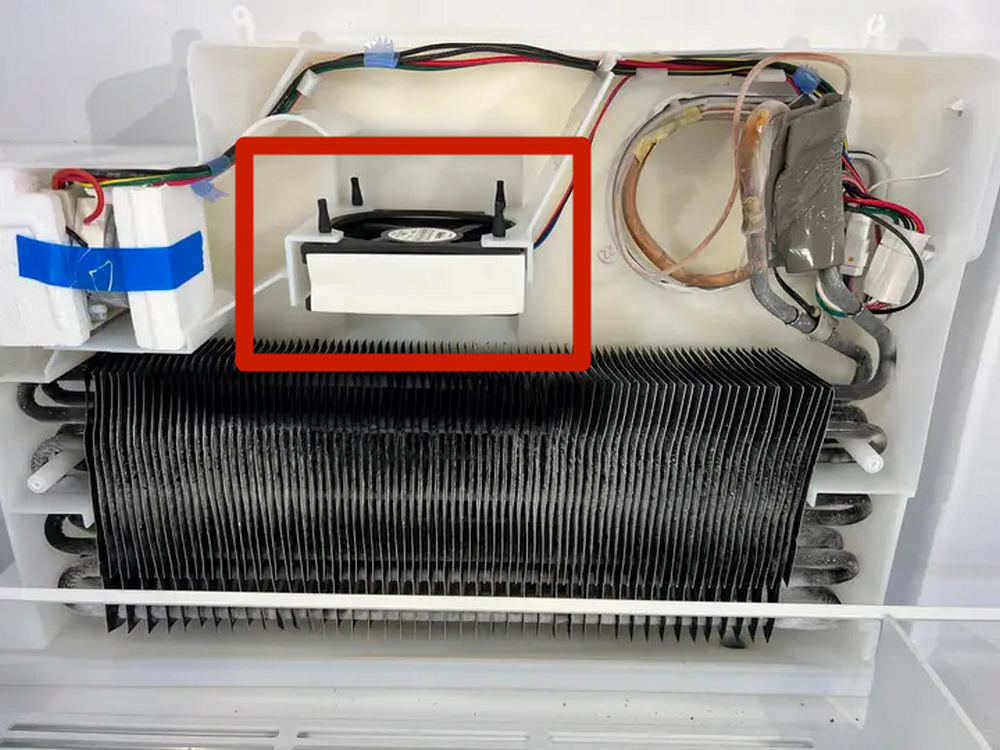
| Part | Evaporator fan motor |
| Location | Lower back or top of the freezer (depending on model) |
| Ease of troubleshooting | Medium |
| Cost | $17 – $60 |
| Repairable | No. |
Picture this:
A Reddit user complained that their evaporator fan motor wasn’t working for the freezer compartment of their GE French door fridge PYE22PSHFSS.
From Carl’s standpoint:
“A possible cause of an evaporator fan not working is possibly a faulty or obstructed evaporator fan motor.”
I think the same, and here’s why.
Problem:
Your freezer’s evaporator fan is connected to the evaporator fan motor, and it moves the fan. So, if the motor is faulty, the fan wouldn’t rotate. Thus, it’d be unable to cool the air going into the freezer.
Fortunately:
Troubleshooting this requires medium technicality, so you can do it yourself. With the help of my good friend, Carl, I’ll show you how.
Identification.
Before you pick up your toolbox, locate the evaporator fan motor behind the grille cover at the back of the fridge. Or, find it at the top of your refrigerator.
Now you’re ready, turn off the power supply to your fridge, unplug it, and let’s get started.
Solution:
For an evaporator motor at the top of your refrigerator:
- Step 1: Remove any shelves in your freezer and unscrew the evaporator panel. Then set it on a work surface.
- Step 2: Remove the evaporator fan cover and detach the fan from the motor shaft. After this, remove the motor and set it aside.
- Step 3: Install the new evaporator fan motor and set the fan in place. When you’re done, reassemble the evaporator fan cover and screw the panel back into position. Don’t forget to reassemble the shelves and restore power to the freezer.
Carl adds:
“If your evaporator fan motor is at the bottom of your freezer, simply access it through the back panel. Then detach the fan and switch the old motor for the new one. Following this, reassemble the unit and close the panel.”
And you’re all set!
Conclusion
Let’s wrap it up:
Fluctuating freezer temperatures is quite a frustrating situation. But with the right guidance, not even the ups and downs that your refrigerator throws at you can stop you.
As such:
Here are possible reasons why your freezer temperature keeps going up and down:
- Overloading the freezer
- Faulty door seals
- Inadequate air circulation
- Malfunctioning thermostat or temperature regulator
- Dirty condenser coils
- Faulty evaporator fan motor.
Certified home appliance expert Carl Langston adds:
“Your freezer temperature might fluctuate due to normal daily activities. So, you must understand what can damage your refrigerator and avoid such activities.”
From my experience, the fixes in this article should get your freezer up and running in no time. However, if the problem persists, remember to contact a professional.
You can also use our “Ask the Expert” feature for more help.
Finally:
I hope this guide answered all your questions on fluctuating freezer temperatures. However, if you have more questions or suggestions, leave them in the comments below.
Frequently Asked Questions
Some reasons your freezer temperature keeps going up and down include faulty door seals and inadequate air circulation. It could also be due to a malfunctioning thermostat, dirty condenser coils, or faulty evaporator fan motor. Aside from these, your freezer temperature might fluctuate because you’re overloading the freezer.
To prevent your freezer temperature from fluctuating, reduce the number of items you put in your fridge at once. You can also check if the door seals are faulty, ensure adequate air circulation, and check your thermostat. Other ways to stop fluctuations in freezer temperature include cleaning dirty condenser coils and fixing the faulty evaporator fan motor.
According to the FDA, a normal freezer should have a temperature of 0°F or 18°C. You can use an appliance thermometer to check if your freezer meets this mark.

